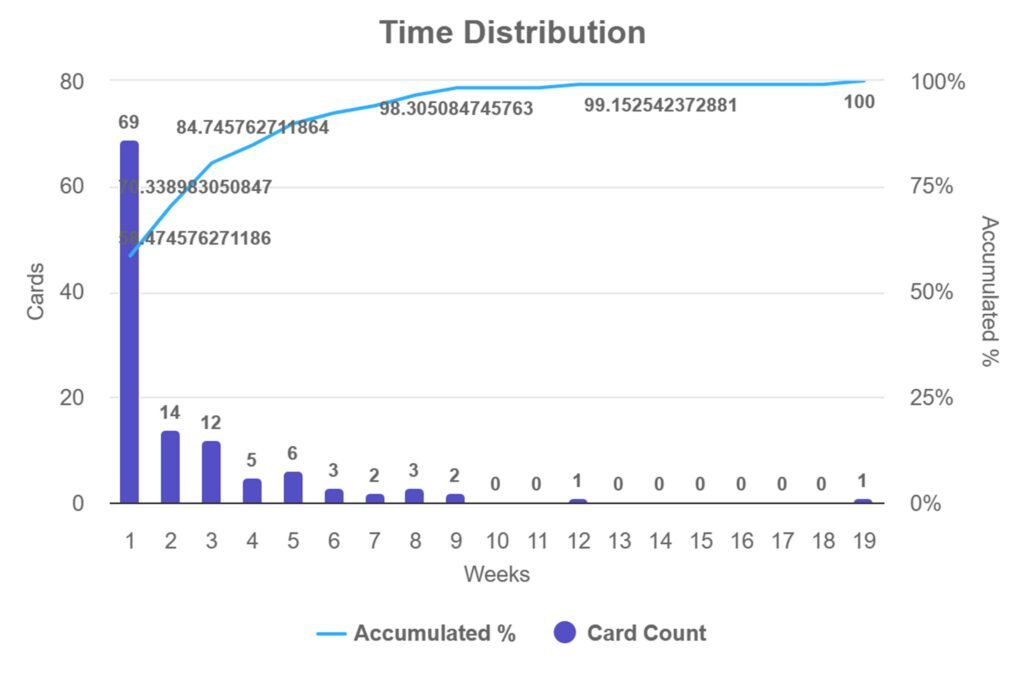“It ain’t what you don’t know that gets you into trouble. It’s what you know for sure that just ain’t so.” – Mark Twain
“Can you please help?” asks Dad to Son
“Why me?!?” answers Son
“Because we live together and any of us helps a bit, it’s called collaboration”
“But I do help a lot already!”
“Nope”
“Yes!”
“Well… not so much”
“YES!”
“All right Son, let’s do something about it!”
After some while the first simple Kanban board appears in the kitchen. Three columns: ‘to do’, ‘in progress’ and ‘done’, very simple one. Anyone has their own coloured pin: blue Mom, yellow Dad, green Son, red his Brother. And the first metric appears. Cards count: very simple one.

kitchen Kanban board
“I’m stuck!” says one day Dad to Mom
“I’m too busy!” replies Mom to Dad
“….but you are idle!” goes on Dad pointing to Son
“Me?” bounces back Son
“Yes! You ain’t that busy are you?”
“What the…. uh, but actually I’m busy …. uh… busy doing…”
“…doing what Son? There isn’t any card under your pin ‘in progress'”
“Yes, but I always do a lot!”
“Let me check your throughput…”
“My through…what Dad?!? You’re still the same old nerd…”
“Your throughput Son, which is the count of the cards which have been processed by you… actually over the past week you don’t seem to have done much, in fact your brother’s card count is four times than yours, let alone mine and Mom’s which are much bigger as they should be. You don’t want to end up looking the laziest in town, do you?”
“No, no, definitely not!”
“All right then, may I ask for your help please?”
“Ok, ok, but… but…”
“But… what?”
“Nothing Dad, doesn’t matter”
This conversation and the characters represented in it are purely fictional for the sake of explaining some Kanban Method to the folks
I originally posted this article on LinkedIn on March 29, 2024




